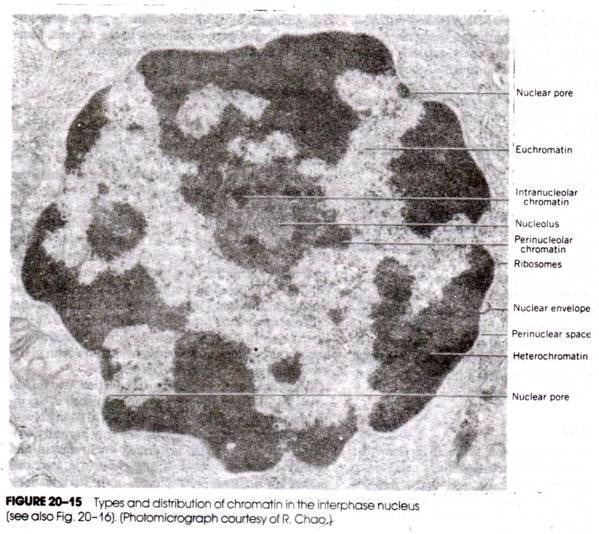The following points highlight the four types of spore formation in lower fungi. The types are: 1. Sporangiospores 2. Conidia 3. Chlamydospores 4. Oidia.
Type # 1. Sporangiospores:
These are asexual spores produced endogenously in special sac-like asexual reproductive organs called the sporangia. The sporangia vary widely in form in the lower fungi. These may be flask-shaped (A), cylindrical, irregularly lobed (D), club-shaped (C), elongate or even globose in form (B). The protoplast of the sporangium undergoes cleavage to form sporangiospores in large numbers.
From a mature sporangium, the sporangiospores may escape through the exit papillae (B) or a pore on the sporangial wall or at the end of a discharge tube or through an apical opening formed by the separation of a minute circular cap called the lid (A). In the land forms, the sporangiospores are released by the rupture of the sporangial wall (Fig. 3.3B).
The released spores may be motile in the aquatic species and nonmotile in the land forms. The former are called zoospores (Fig. 3.3C) and the latter aplanospores (Fig. 3.3A). In the holocarpic species, the entire thallus functions as the sporangium (Fig. 3.1 A2). The eucarpic species have the sporangia borne on special reproductive hyphae known as the sporangiophores which may be simple (Fig. 3.1E) or branched.
(i) Zoospores (Fig. 3.4):
The zoospores may be uniflagellate (Chytridiomycetes and Hyphochytridiomycetes) or biflagellate (Plasmodiophoromycetes and Oomycetes). The Chytridiomycetes which include the simplest and the most primitive forms of lower fungi produce uniflagellate zoospores (A) with a whiplash flagellum inserted at the posterior end.
In the Hyphochytridiomycetes the single flagellum is of tinsel type. It is borne at the anterior end (B). A small group of endoparasitic slime molds which belong to the class Plasmodiophoromycetes produce biflagellate zoospores which bear two whiplash flagella ‘of unequal size at the anterior end (C). The smaller flagellum has a blunt tip and the longer has a pointed tip.
The more advanced members of the lower fungi which belong to the class Oomycetes produce biflagellate zoospores with the two flagella inserted either at the anterior end (D) or laterally (Fig. 3.6C). One of these is of tinsel type and the other whiplash.
The anteriorly flagellate zoospore is usually pear shaped while the laterally flagellate zoospore is reniform. The phenomenon of the presence of two types of zoospores is called Diplanetism.
(ii) Aplanospores (Fig. 3.5):
Asexual reproduction in the advanced lower fungi, which are strictly terrestrial (Mucorales), is by means of non-motile, encapsulated, wind- disseminated spores known as the aplanospores. They are produced in globose sporangia borne on simple or branched sporangiophores.
The primitive genera of the Mucorales (Mucor- and Rhizopus) have large multispored, columellate sporangia borne singly and terminally on unbranched sporangiophores (A).
The sporangiophores in other genera of the Mucorales, which are considered more advanced, are branched, each ultimate branch bearing one or more sporangia which in general are of three types:
(i) Large sporangia with many spores as in Mucor,
(ii) Small sporangia or sporangiole with few spores (B-C) even two or three and
(iii) Single spored sporangia (D).
A species may bear all the three types showing thereby that the monosporous sporangiole have arisen from multispored sporangia by reduction in size and number of spores from many to one. One spored sporangiole is regarded as a conidium particularly so when the spore and sporangial walls are completely fused as in Cunninghamella echinulata (E).
The latter produces numerous conidia on the inflated tip of the conidiophore.
Type # 2. Conidia (Fig. 3.6):
The transition from sporangia to conidia in the Mucorales cited in the paragraph above is paralleled by the Pythium—Peronospora series of Oomycetes. Certain of the more advanced families (Peronosporaceae and Albuginaceae) have deciduous sporangia which get detached.
They are dispersed, in toto, mainly by air currents. The detachable sporangia are often called the conidia and the hyphae bearing them conidiophores. Some mycologists call them conidiosporangia (A). On germination, in a drop of water, they may function as zoosporangia (B).
Their contents produce one or more zoospores. When the environment is dry they function as conidia (b), each germinating directly by putting out a short, slender hypha, the germ tube (C). The latter develops into a new mycelium. On the other hand, Peronospora destructa, a terrestrial species, produces sporangia which invariably behave as conidia.
Type # 3. Chlamydospores (Fig. 3.7 A-C):
Some members of Lower Fungi (Phycomycetes) produce thick-walled resting cells, the chlamydospores. They are intercalary in position. Under conditions unfavourable for growth, the protoplasmic contents of coenocytic hyphae (A) accumulate at intervals (B).
The intervening portions remain empty. Each localised accumulation is delimited by septa (B). Later these thin-walled segments of the hyphae secrete thick walls around them to become chlamydospores (C). The chlamydospores are rich in reserve food and are very resistant to desiccation.
Type # 4. Oidia (Fig. 3.7 D-E):
The Mucorales frequently produce rounded or oval thin-walled cells when grown in nutrients. The hyphae undergo segmentation and produce yeast-like cells called oidia (E). Each oidium, on germination, produces a new mycelium under suitable conditions.






